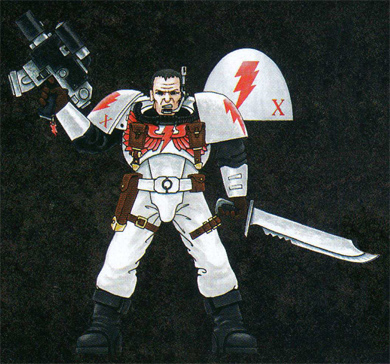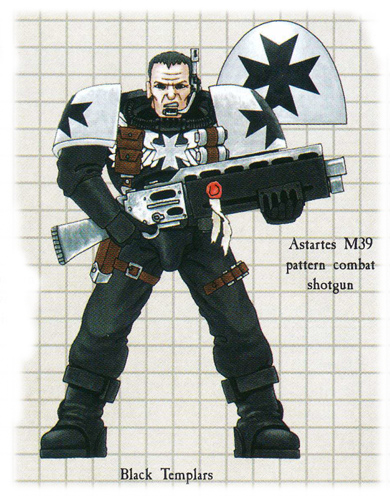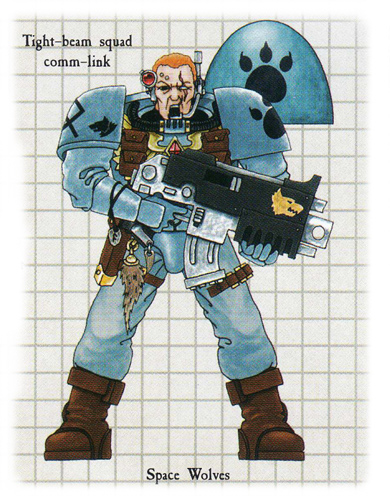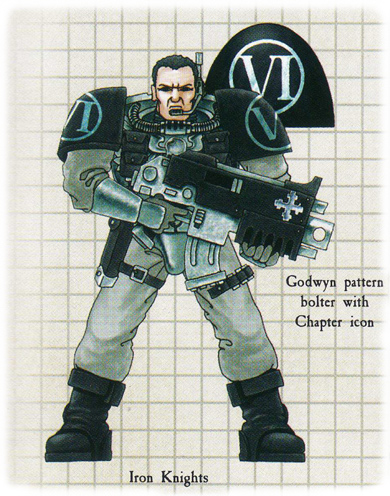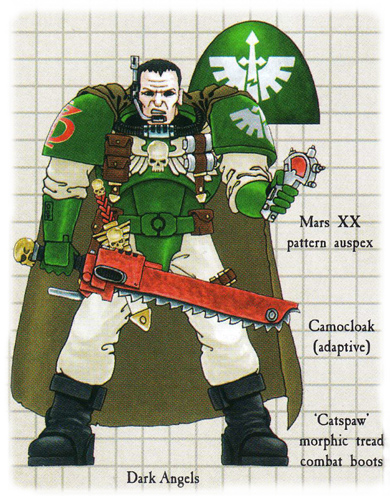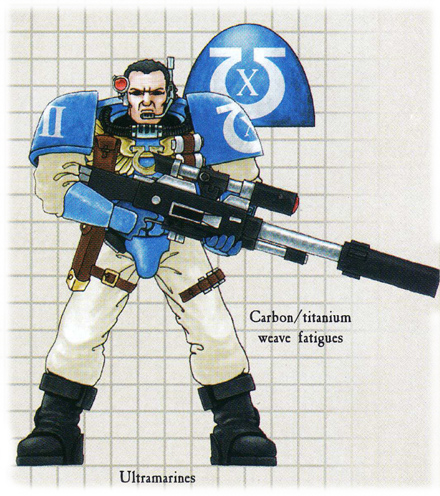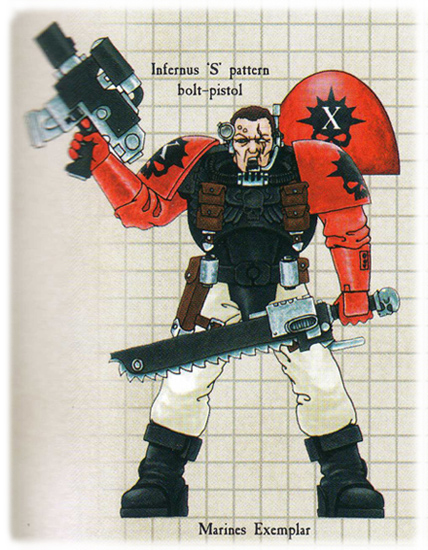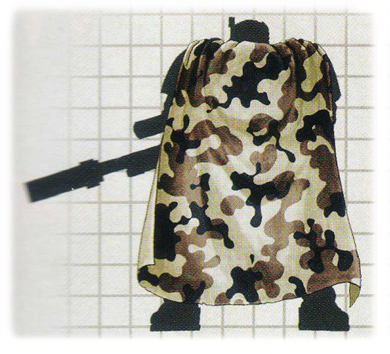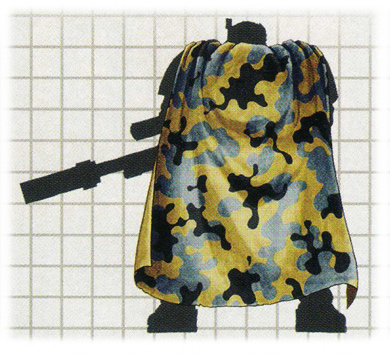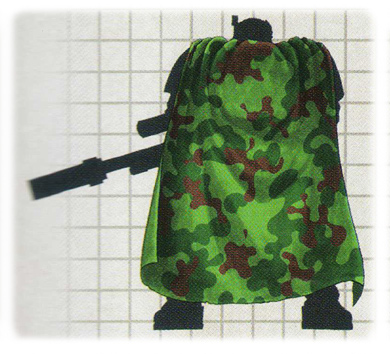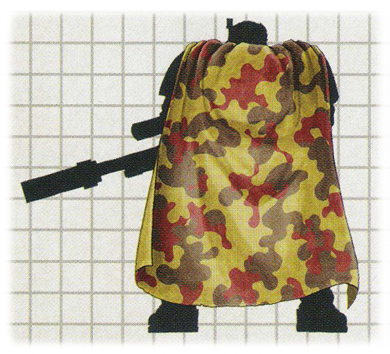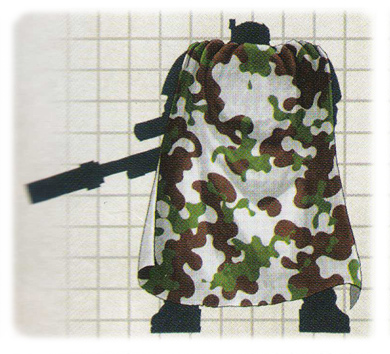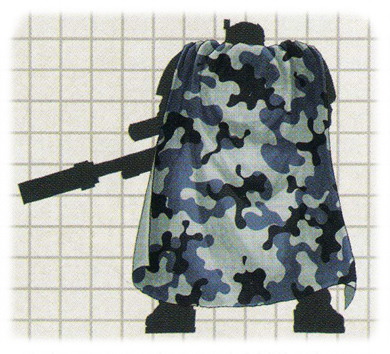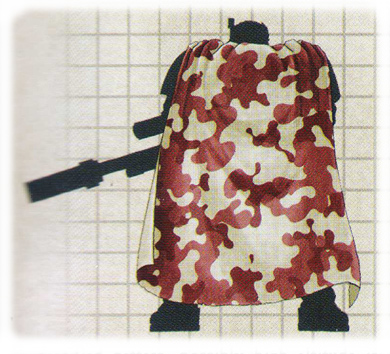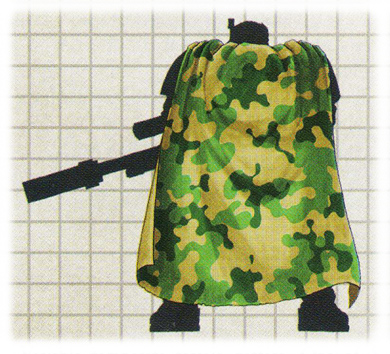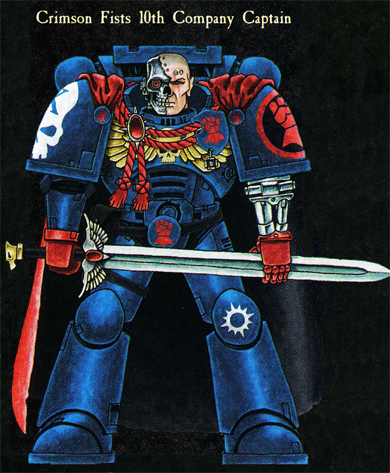 SILENT MENACE
Space Marine Scouts
This article describes the role, equipment and uniform of trained Space Marine Chapter aspirants as they take to the field of battle as Space Marine Scouts. Every Chapter of Space Marines must recruit new warriors into its ranks in order to survive. The process varies from Chapter to Chapter, many recruiting from their own homeworld or worlds. Whatever the tradition of a particular Chapter, warriors must always be chosen when they are still young, before their bodies become too mature to accept the many bio-implants that will turn them into Space Marines. This procedure of implantation is just the beginning, for it takes several years for the genetic implants to turn an ordinary human into a full Space Marine. During those years, the warrior is known as a Space Marine Scout - he is neither fully a Space Marine nor entirely human. 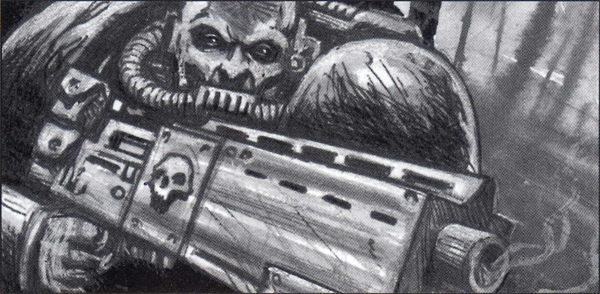
A Space Marine Scout has much to learn. Not only must he become accustomed to the many biologically engineered enhancements which are at work on his body, but he must learn the litany of battle that will fortify and strengthen him. He will undergo several phases of initiation into the Chapter’s own secret cults, and he will learn how to use the battlegear on which his life will ultimately depend. Most importantly of all, he will get his first chance to fight in battle. Space Marine Scouts are neither as tough nor as experienced as full Space Marines. Scouts can fight alongside other Space Marines in the main battle-lines, and often do so. Indeed, every Chapter has its tales of valiant actions by Scouts pressed into front-line service during moments of desperation. On the whole, however, Scouts fight as lightly armed skirmishers. Their duties are to infiltrate the enemy positions or to fight as skirmishers ahead of the rest of the Chapter. Operating behind enemy lines, Scouts set ambushes for unwary foes, spy out the enemy’s movements, and gather what information they can about their opponent’s plans. Sometimes, Scouts will pounce unseen within an enemy camp, capturing a commander for integration or sabotaging equipment and supplies. Striking fast and hard, the Scouts accomplish their mission and vanish before the enemy has the chance to retaliate in force.
Once chosen from the ranks of aspirants, a human warrior must undergo the ritual trials unique to his Chapter. Once accepted, the genetic implantation and induction begins. The warrior has taken his first steps to becoming a fully fledged Space Marine. The Scout is then placed under the tutelage of a sergeant who will oversee his induction and training. These sergeants lead the Scouts in battle. Not yet ready to join a company, the young Scouts live alongside other Scouts in the 10th Company halls. Here the warriors eat, sleep and train, and learn the legends of their Chapter. Only after the Scout has proven himself in combat will his sergeant judge him worthy of the title Space Marine, and pronounce him ready to join one of the companies. In the majority of Chapters it is the responsibility of the 10th Company to train recruits. As such, the officers and sergeants of the 10th Company are often amongst the most experienced brethren of the Chapter, often having passed through the ranks of the 1st Company and forgone promotion to higher office. Though all of the Chapter’s Scout squads come under the 10th Company, it is very rarely fielded as a tactical unit. Instead, its squads are detached to other reserve or battle companies, accompanying the battle brothers to war and fulfilling the vital role in which they excel. The Codex Astartes places no limit on the number of Scout squads that may comprise the 10th Company, although in practice few Chapters will ever have more than 10 at any one time. Most will have significantly fewer, depending on the suitability of aspirants and casualty levels. Though counter to the dictates of the Codex Astartes, a small number of Chapters maintain training doctrines unique to themselves. Some attach individual Scout squads to specific battle or reserve companies on a permanent basis. The Black Templars Chapter diverges from standard doctrine, in that recruits are attached to specific individuals, fighting alongside a master until deemed ready by him to progress to the rank of battle brother. The Space Wolves also maintain their own traditions, which are entirely at odds with the word of the Codex Astartes.
The tactics utilised by Space Marine Scouts provide a very practical method of gaining experience in the ways of war. A Space Marine must be fully versed in every conceivable aspect of warfare, even those he will not practice as a battle brother. Thus, a Scout learns the art of infiltration and subterfuge, approaching the foe unseen and striking before his presence is noted. Such tactics are rarely, if ever, practised by the reserve and battle companies, for the Codex Astartes dictates a very direct form of warfare.
Each Chapter of the Adeptus Astartes maintains its own traditions regarding the initiation of recruits into its ranks. A common factor is the gradual initiation of the recruit into the legends and secrets of the Chapter. This process often runs parallel to the bio-genetic treatments the aspirant must undergo. As the physical transformation proceeds, so a spiritual change occurs. Both are tempered by ongoing experience on the field of battle and the rituals in which the aspirant must participate. The nature of such rites varies enormously from one Chapter to the next. Some are solemn affairs recalling the sacrifice the Emperor made for Humanity. Others are raucous celebrations drawing on the culture of the nature’s homeworld. Still more are bloody and barbaric involving ritual bloodletting, scarification or amputation. All are vital to the arcane workings of Chapter, and his participation a prerequisite of the aspirant’s acceptance by his would-be brothers-in-arms. Such are the rigours of a Scout’s training that many do not survive. Whether he is crippled upon the battlefield, or found spiritually wanting during a particularly exacting ritual, Scout may find himself cast out, his future with the Chapter curtailed. In some instances, the aspirant may transgress one of the many articles of Chapter law, and injury at war may prove preferable to the punishment. Many possible fates await those that fall by the wayside in this manner. Most are mind-scrubbed and become Chapter serfs - manservants and menials. The less fortunate are transformed into living Servitors - mindless bio-mechanical automatons who exist only to assist the Chapter’s Techmarines in the operation of heavy and frequently dangerous machinery. A very rare few may yet rise to positions of relative power within the Chapter’s support network, yet even the highest-ranked factotum is but a lowly, nameless servant in the eyes of the battle brothers. Space Marine Scouts are issued with all manner of specialised wargear. In many cases, these items are crafted by the Chapter’s tech adepts for specific roles or missions, and all enable the Scout to carry out his mission with deadly effectiveness. Each Scout wears a tight-beam squad comm-link, which is used to transmit encrypted data to the other members of the squad without the risk of enemy signals interception. The squad’s leader has a long-range link, with which he can communicate with other units. Space Marine Scout Snipers are issued with a powerful optical image enhancement array, and this is linked with their rifle’s scope to allow them to literally see down the barrel of their gun. A Scout’s armour is constructed of the same ceramite plates that typify power armour, except of course it is not powered, and as such the Scout cannot bear the weight of a full suit. Instead, his fatigues are woven from a carbon/titanium composite that is capable of turning the most powerful of small arms fire.
Space Marines rarely use any form of camouflage, for their entire combat doctrine states that they are best deployed as shock troops, their very presence filling the enemy with terror. There are instances when a Chapter may utilise patterns approved by the Codex Astartes, and in most cases this is in relation to the role of the Scouts. As ever, a Scout must be conversant in every aspect of war, and so an understanding of concealment and the use of camouflage are essential. The Codex contains a staggering array of camouflage patterns, many used in a wide range of environments. Others are intended for use in individual or exotic surroundings, and their use is extremely rare.
|
||||||||||||||||||||||||||||||
